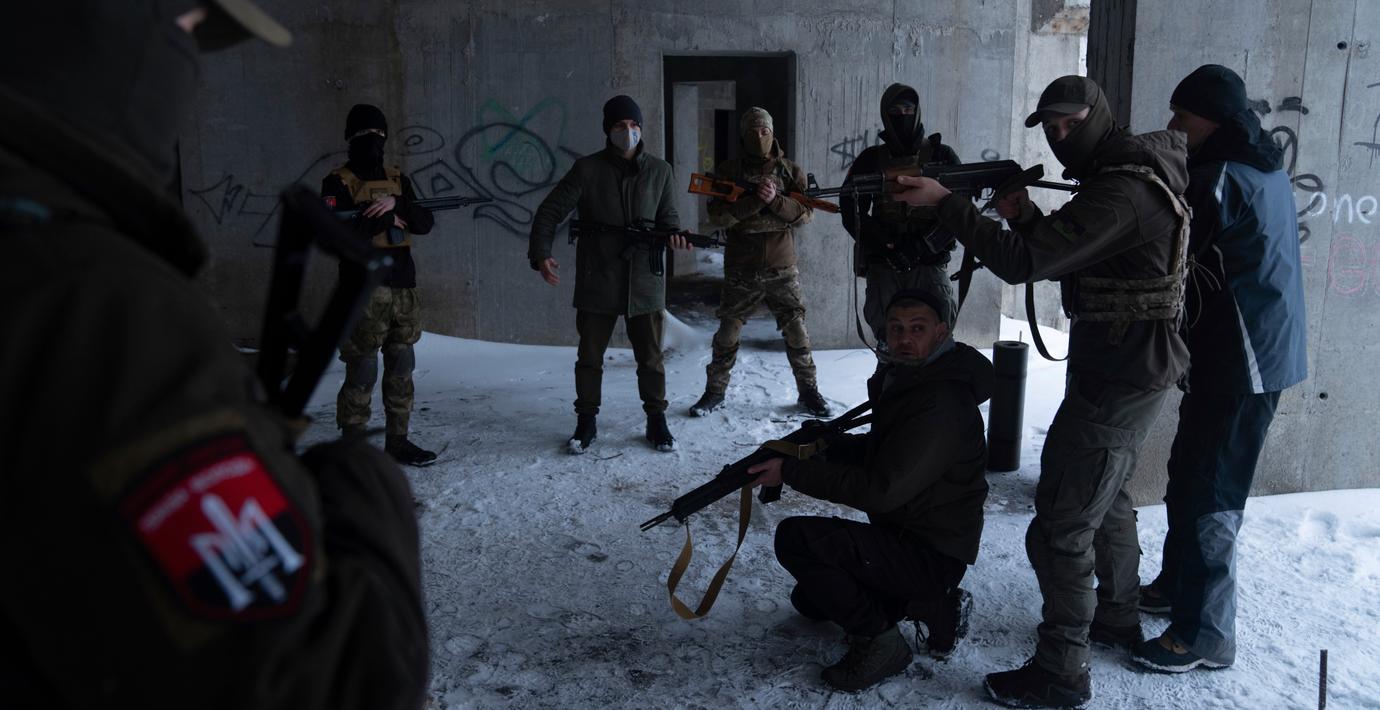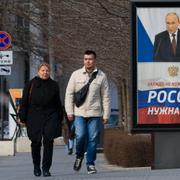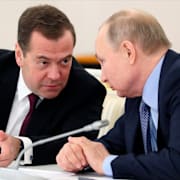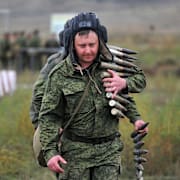
Ryssland klassar Azovbataljonen som ”terroristgrupp”
Rysslands högsta domstol har beslutat att klassa Azovbataljonen som en terroristgrupp, rapporterar Reuters.
Azovbataljonen, som har högerextrema- och ultranationalistiska rötter, har varit ett av den ukrainska militärens främsta vapen i striderna mot Ryssland i östra Ukraina. Många av dem stred i Mariupol och tillfångatogs av ryska styrkor i samband med att Ukraina förlorade kontrollen över staden. Dessa riskerar i och med den ryska domstolens beslut upp till 20 års fängelse.
Bataljonen inkorporerades i Ukrainas hemvärn 2014 när den stred mot Kreml-stödda separatister i östra Ukraina.
bakgrund
Azovbataljonen
Wikipedia (en)
The Special Operations Detachment "Azov" (Ukrainian: Окремий загін спеціального призначення «Азов», romanized: Okremyi zahin spetsialnoho pryznachennia "Azov"), also known as the Azov Regiment (Ukrainian: Полк «Азов», romanized: Polk "Azov") and formerly the Azov Battalion (Ukrainian: батальйон «Азов», romanized: Batalion "Azov"), is a unit of the National Guard of Ukraine formerly based in Mariupol, in the coastal region of the Sea of Azov, from which it derives its name. The unit was founded in May 2014 as a volunteer paramilitary militia under the command of Andriy Biletsky to fight pro-Russian forces in the Donbas War, and was formally incorporated into the National Guard on 11 November 2014.The group has drawn controversy over its early and allegedly continuing association with far-right groups and neo-Nazi ideology, its use of controversial symbols linked to Nazism, and allegations that members of the group have participated in torture and war crimes. Some experts are critical of the regiment's role within the larger Azov Movement, a political umbrella group made up of veterans and organizations linked to Azov, and its possible far-right political ambitions, despite claims of the regiment's depoliticization. Others argue that the regiment has evolved beyond its origins as street militia, tempering its neo-Nazi underpinnings as it became part of the National Guard. Since 2014, criticism of the Azov Regiment has been a recurring theme of Russian politics.The regiment's size was estimated 900 to 2,500 combatants in 2017–2022. Most of the unit members are Russian speakers and come from the Russian-speaking regions of Ukraine. It also includes members from other countries. In the wake of the 2022 Russian invasion of Ukraine, the regiment gained renewed attention, as one of the reasons given by president of Russia Vladimir Putin for the invasion was the 'denazification' of Ukraine, to remove the alleged control of the country by far right forces such as Azov. During the Siege of Mariupol the regiment played a prominent role in the city defense, and made its final stand at Mariupol's Azovstal steel plant. Ending the siege a significant amount of regiment fighters, including the regiment's commander since 2017, Denys Prokopenko, surrendered to the Russian forces on the order from Ukrainian higher command.
Omni är politiskt obundna och oberoende. Vi strävar efter att ge fler perspektiv på nyheterna. Har du frågor eller synpunkter kring vår rapportering? Kontakta redaktionen



